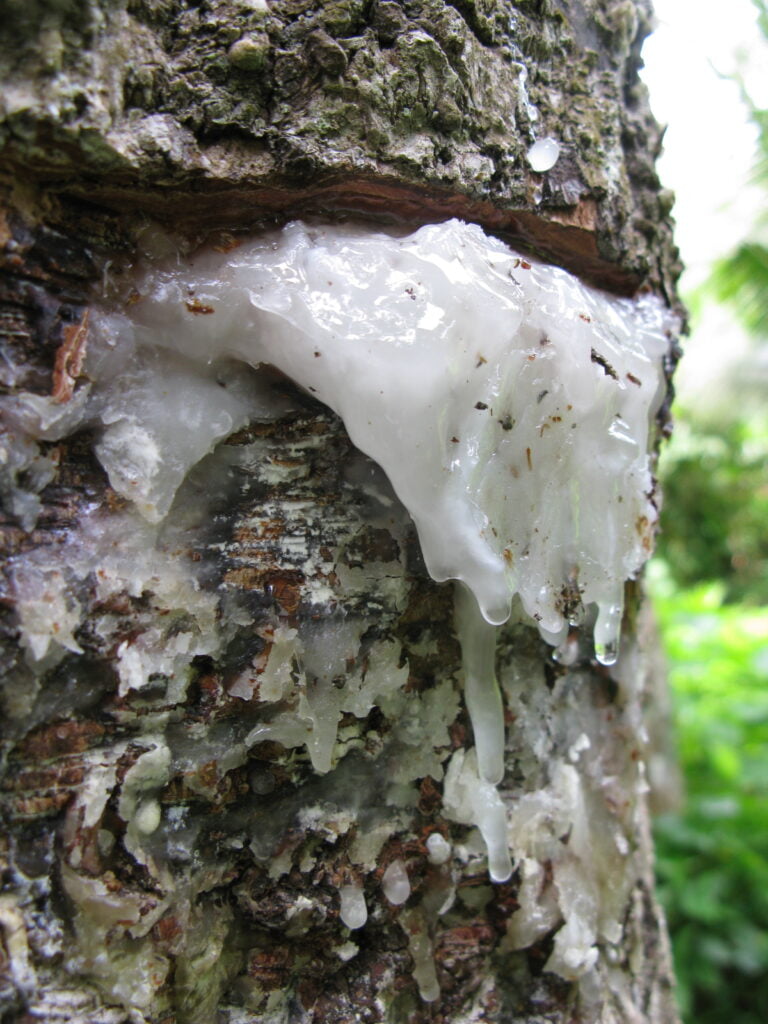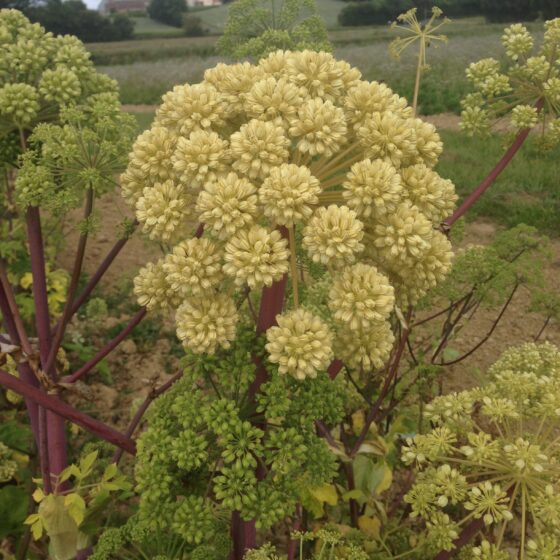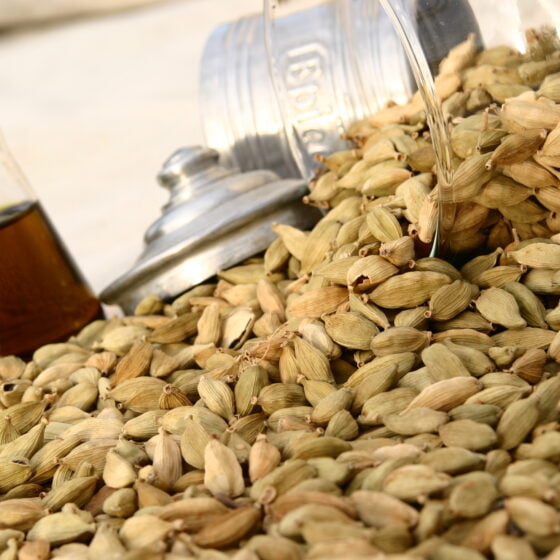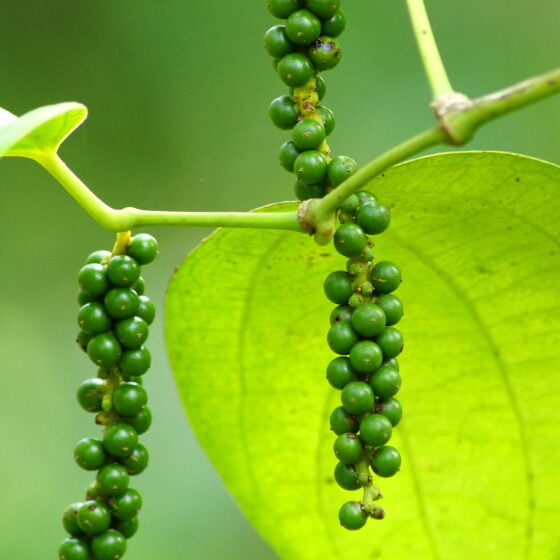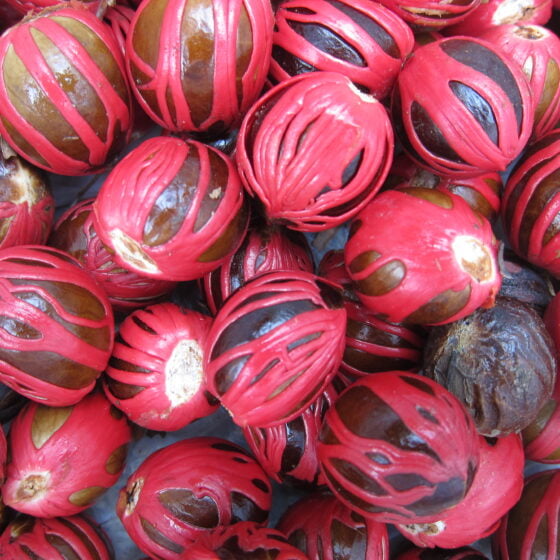
Elemi Philippines
Canarium luzonicum
General data
Harvest Calendar
- J
- F
- M
- A
- M
- J
- J
- A
- S
- O
- N
- D
Product details Our added value
A processor of essential oils, absolutes and resinoids for over 30 years, we distil the essential oil of Elemi (Canarium luzonicum) in our Spanish production plant. We are able to produce large quantities of essential oil thanks to our REACH registration.
Today, Albert Vieille continues to develop its expertise in the sector and is now working on the analytical and olfactory identification of other species of Canarium found in the Philippines such as C. ovatum and C. asperum.
Fragrance side
Elemi is a fragrance used as a heart note in orientals to join amber hearts and bases with spicy notes. Elemi combines perfectly with frankincense or myrrh.
About
It was Magellan’s discovery of the Philippines in 1521 that led to the introduction of Manila elemi – known for its medicinal properties and fragrance – in Europe and the Middle East. In the Philippines, there are three species of Canarium used for their resin: C. luzonicum, C. ovatum, and C. asperum. C. luzonicum is the only variety used only for its resin and not for the nuts it produces, as they are too small. C. ovatum is grown primarily for its edible nuts, known as pili nuts, an excellent, well-known source of energy.
The trees do not produce the resin until after 7 years of growth. Once they are mature enough to harvest, each tree can produce up to 5 kilos of resin per year. Elemi gum is obtained by incising the tree’s bark during the leaf-budding period, an action called tapping. The harvest takes place nine months out of the year, stopping only from March to May, when the trees lose their leaves. The gum that oozes from these incisions is harvested using large palm fronds. It is then transported to warehouses to be stored in wooden cases.
Our added value
A processor of essential oils, absolutes and resinoids for over 30 years, we distil the essential oil of Elemi (Canarium luzonicum) in our Spanish production plant. We are able to produce large quantities of essential oil thanks to our REACH registration.
Today, Albert Vieille continues to develop its expertise in the sector and is now working on the analytical and olfactory identification of other species of Canarium found in the Philippines such as C. ovatum and C. asperum.
Fragrance side
Elemi is a fragrance used as a heart note in orientals to join amber hearts and bases with spicy notes. Elemi combines perfectly with frankincense or myrrh.
About
It was Magellan’s discovery of the Philippines in 1521 that led to the introduction of Manila elemi – known for its medicinal properties and fragrance – in Europe and the Middle East. In the Philippines, there are three species of Canarium used for their resin: C. luzonicum, C. ovatum, and C. asperum. C. luzonicum is the only variety used only for its resin and not for the nuts it produces, as they are too small. C. ovatum is grown primarily for its edible nuts, known as pili nuts, an excellent, well-known source of energy.
The trees do not produce the resin until after 7 years of growth. Once they are mature enough to harvest, each tree can produce up to 5 kilos of resin per year. Elemi gum is obtained by incising the tree’s bark during the leaf-budding period, an action called tapping. The harvest takes place nine months out of the year, stopping only from March to May, when the trees lose their leaves. The gum that oozes from these incisions is harvested using large palm fronds. It is then transported to warehouses to be stored in wooden cases.
Other type of extracts
(Spicy)
